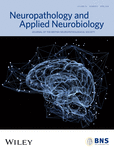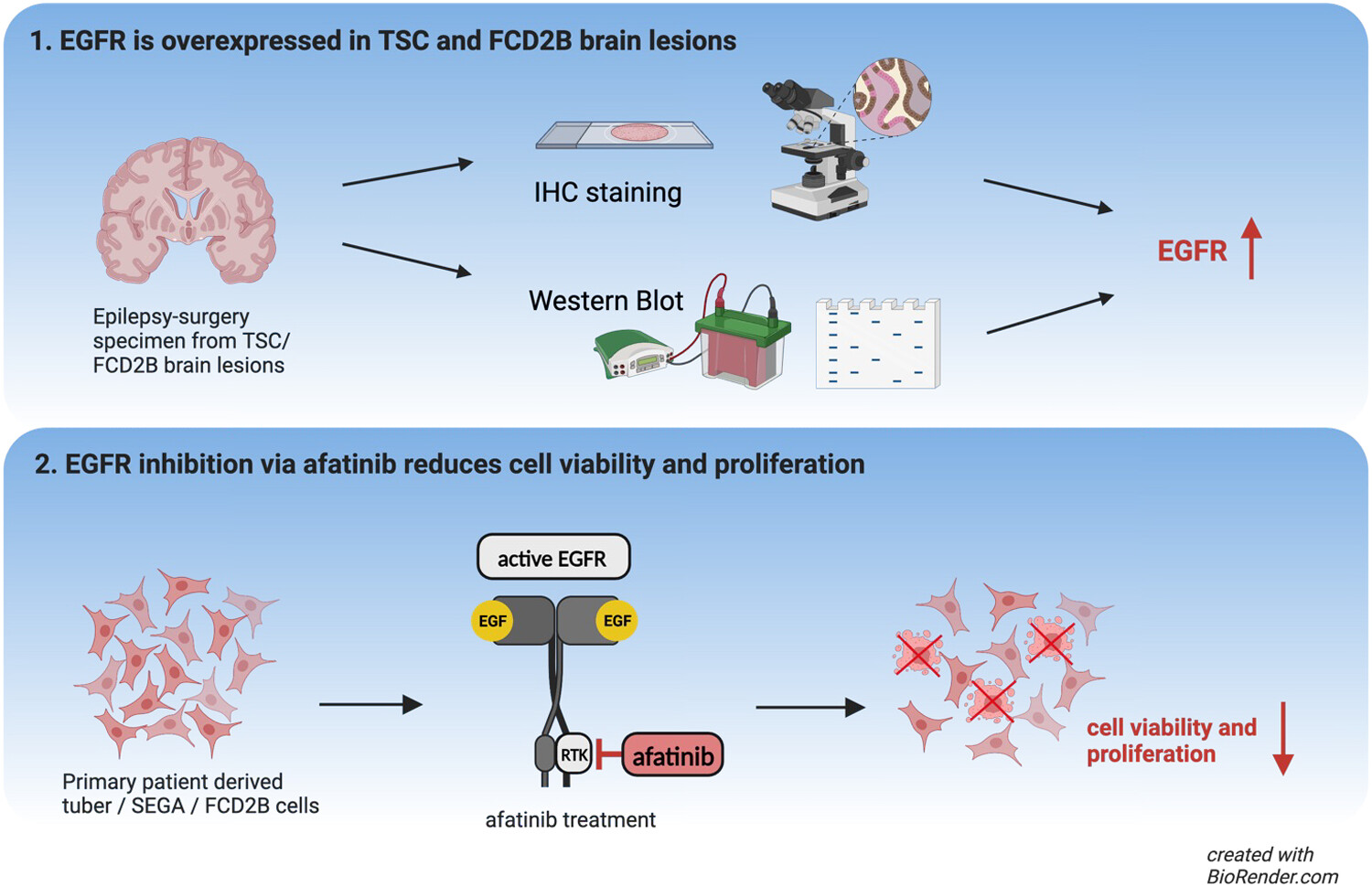Journal list menu
Export Citations
Download PDFs
ISSUE INFORMATION
REVIEWS
Mechanisms of COVID-19-associated olfactory dysfunction
- First Published: 28 February 2024
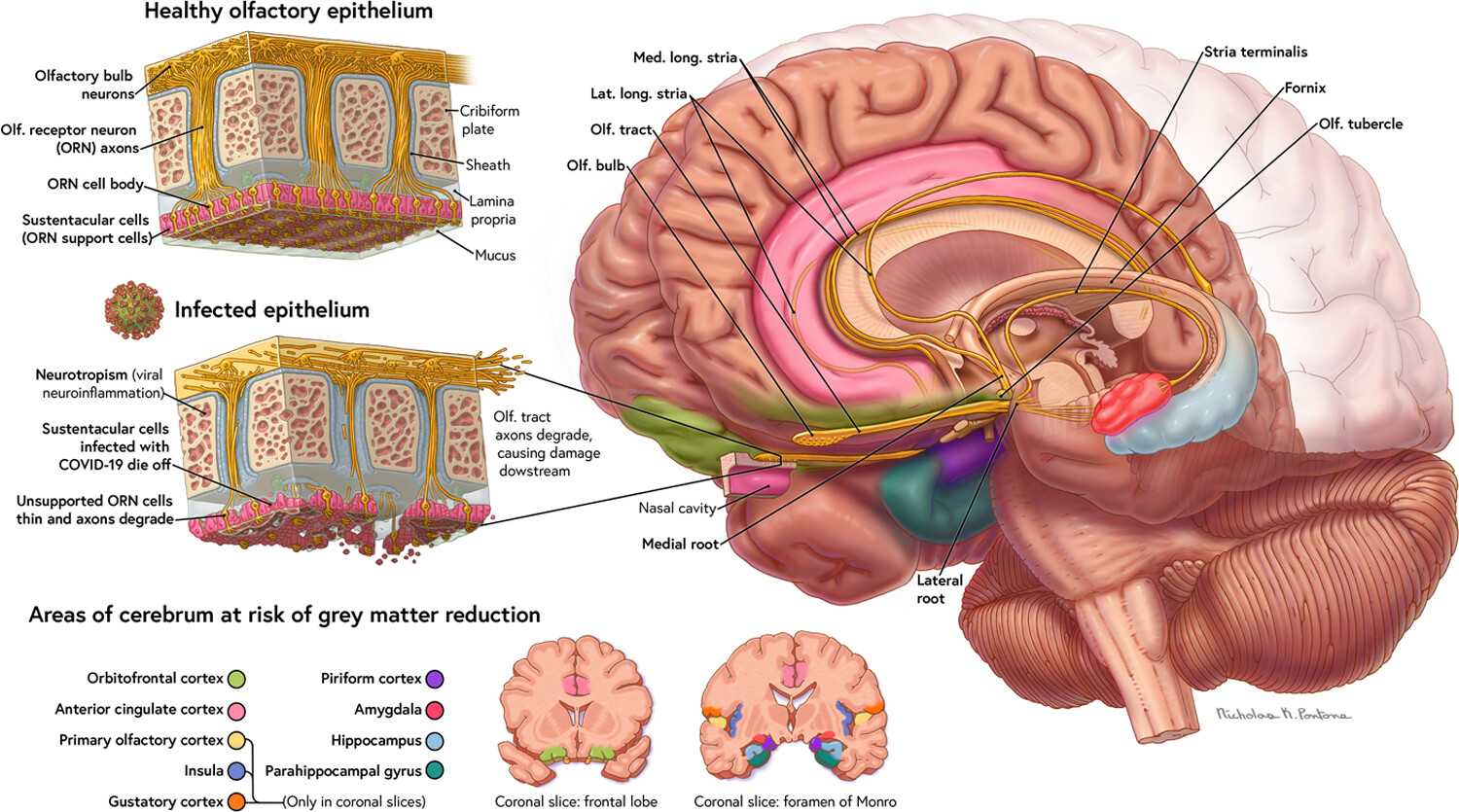
This review aims to provide a comprehensive summary of the epidemiology, clinical manifestations, and current understanding of the mechanisms of COVID-19-associated olfactory dysfunction. The pathogenic mechanisms underlying COVID-19-associated olfactory dysfunction are complex and likely multifactorial. Infection of sustentacular cells and associated mucosal inflammation may be the culprit of acute, transient smell loss, whereas olfactory receptor neuron dysfunction, olfactory bulb injury, and alterations in the olfactory cortex may lead to persistent, long-term olfactory dysfunction.
Cerebellar phenotypes in germline PTEN mutation carriers
- First Published: 19 March 2024
PTEN hamartoma tumour syndrome (PHTS), due to an inherited PTEN pathogenetic variant, is characterised by macrocephaly, multiple hamartomas and an increased risk of cancer. In this review, we focused on the different phenotypes that involve the cerebellum in PHTS patients. Specifically, dysplastic gangliocytoma of the cerebellum, also known as Lhermitte–Duclos disease, is a pathognomonic finding of PHTS, and autism spectrum disorders affect young patients. Furthermore, we reviewed pathological changes induced by cerebellar PTEN loss in both humans and animal models.
Adult brain tumour research in 2024: Status, challenges and recommendations
- First Published: 11 April 2024

Brain cancer survival rates are among the lowest of all cancers, with very little improvement having been achieved over the past two decades. In this position paper, a multidisciplinary group of brain tumour experts has investigated the current neuro-oncology research landscape in the United Kingdom to highlight challenges and make UK-specific recommendations on how to address them. The findings are structured around seven key priorities and three cross-cutting themes, pertinent to global neuro-oncology research but described in the specific context of the United Kingdom.
Regulation of CNS pathology by Serpina3n/SERPINA3: The knowns and the puzzles
- First Published: 22 April 2024
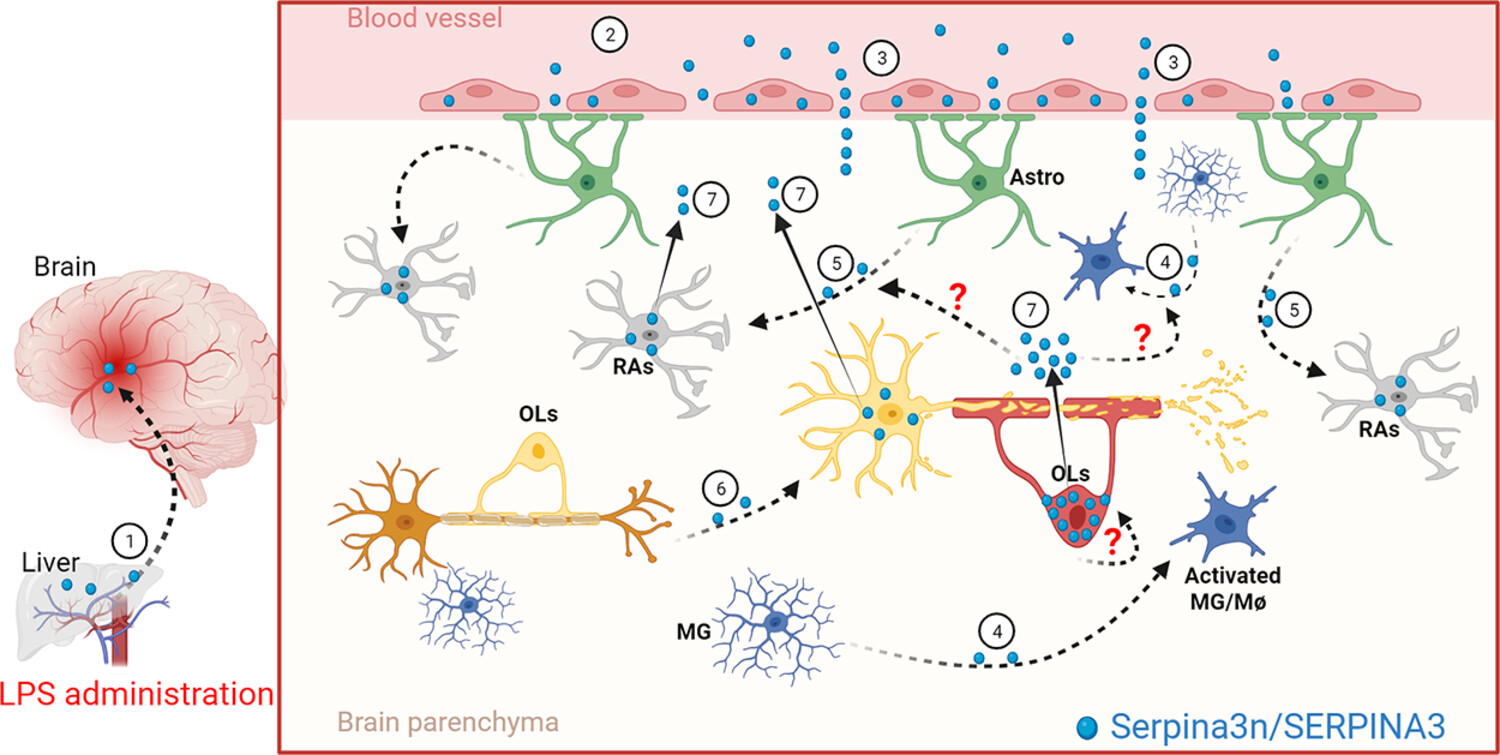
The immune-related molecule Serpina3n/SERPINA3 is dysregulated in people affected by system inflammation, normal ageing, Alzheimer's disease, multiple sclerosis and CNS trauma. Recent preclinical data increasingly indicate the importance of Serpina3n/SERPINA3 in neuropathology. The ‘good’ or ‘bad’ aspects of Serpina3n/SERPINA3-related pathology are hypothesised to depend on the cellular sources and/or disease/injury types. Therefore, tissue or cell-specific tools are necessary to decipher its roles in different CNS disease models.
ORIGINAL ARTICLES
Automated whole slide morphometry of sural nerve biopsy using machine learning
- First Published: 06 March 2024
Chronic traumatic encephalopathy neuropathologic change in former Australian rugby players
- First Published: 19 March 2024
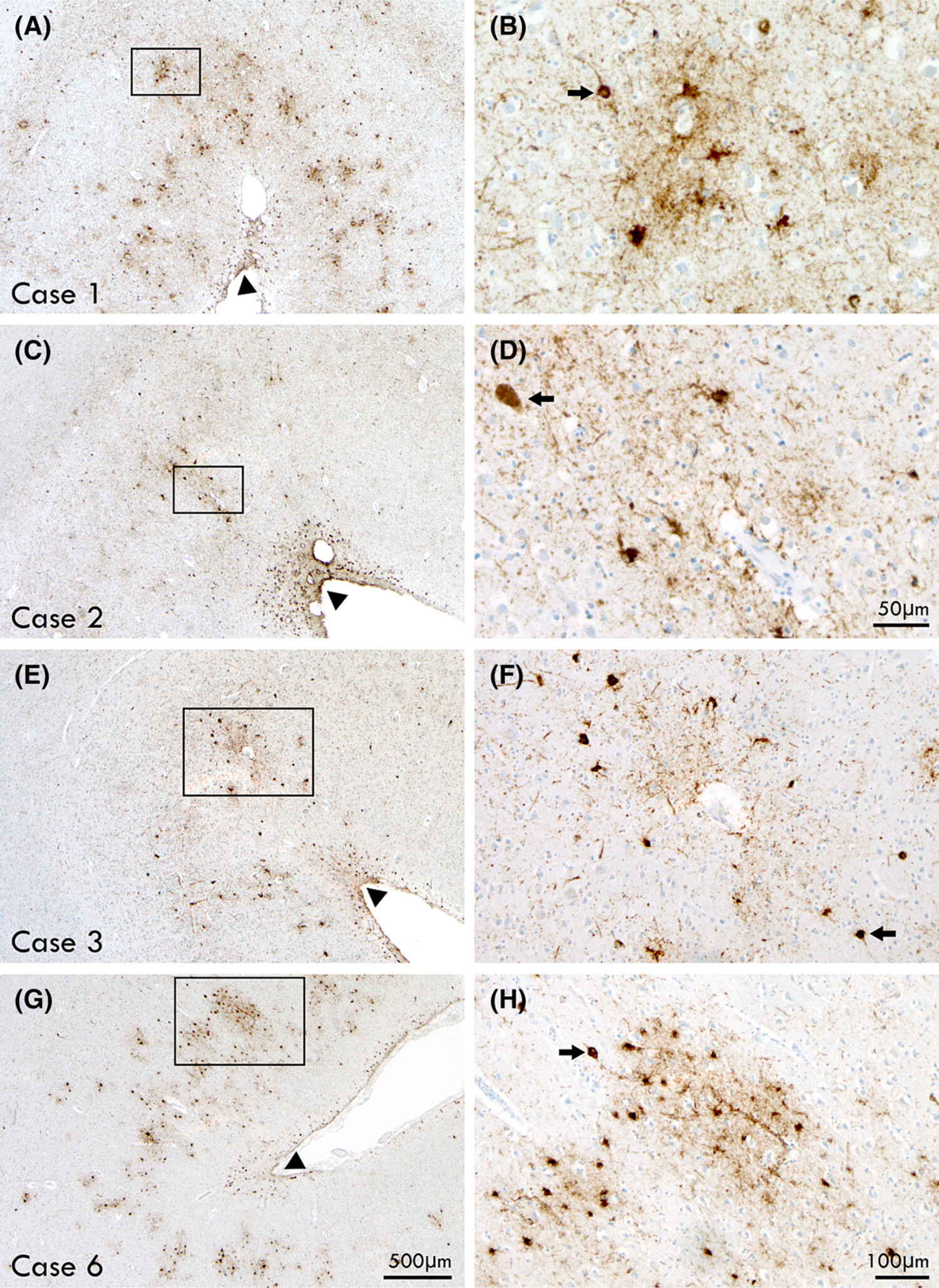
In this clinicopathological case series of former Australian rugby code players, four of six had post mortem CTE-NC. All met current diagnostic criteria for TES and had multiple pathologies at post mortem. Future studies are needed to improve the specificity of the TES consensus diagnostic criteria for predicting the presence of CTE-NC, and we encourage future researchers to report all neuropathological comorbidities clearly in their clinicopathological studies.
Targeting the EGFR pathway: An alternative strategy for the treatment of tuberous sclerosis complex?
- First Published: 01 April 2024
Revisiting the relevance of Hirano bodies in neurodegenerative diseases
- First Published: 17 April 2024
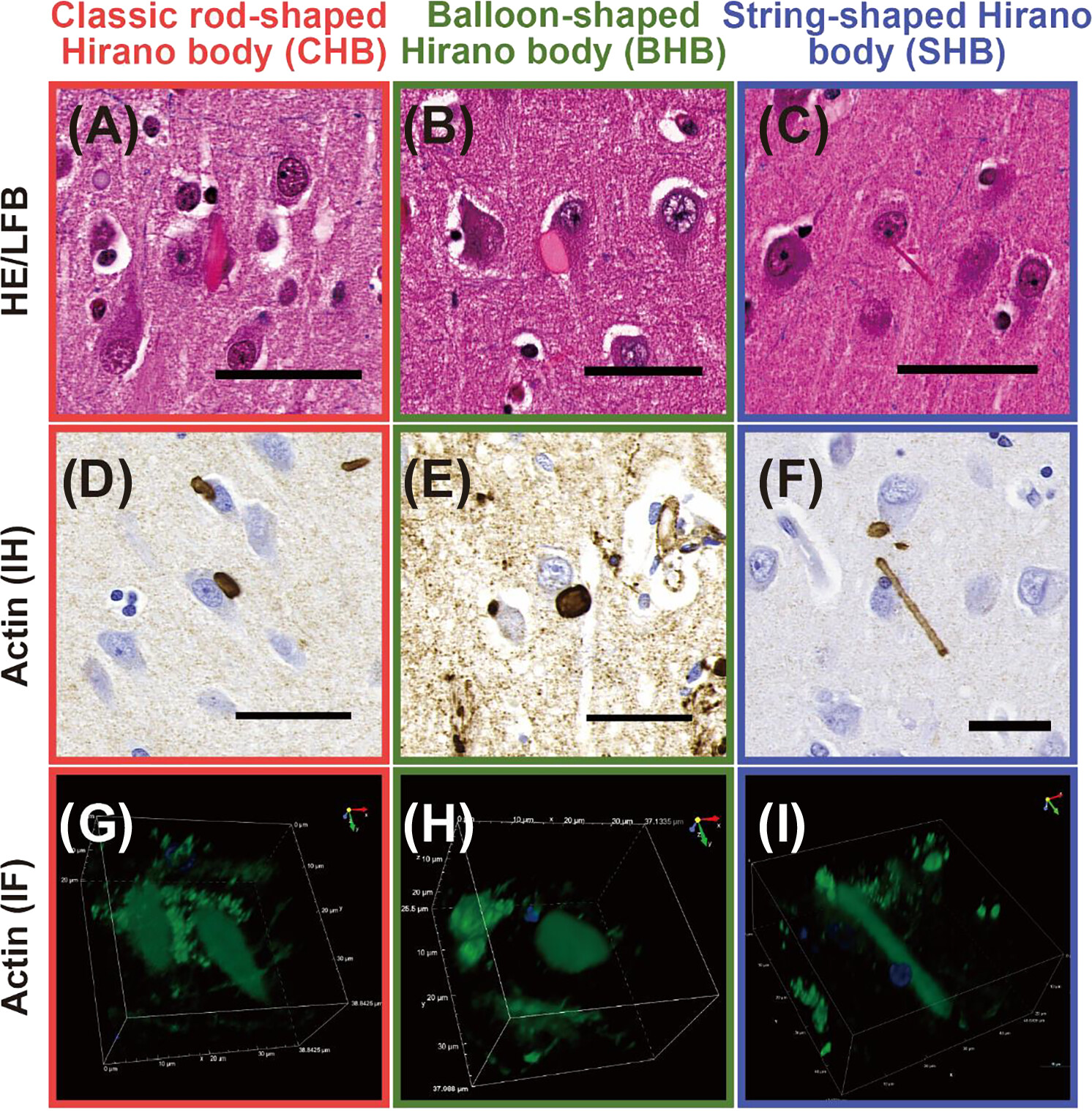
Hirano bodies (HBs) in the posterior hippocampus were systematically evaluated in a cohort of 193 patients with major neurodegenerative diseases, including Alzheimer's disease, Lewy body disease and progressive supranuclear palsy. Three morphological types of HBs were identified in the CA1: classic rod-shaped HB (CHB), balloon-shaped HB (BHB) and string-shaped HB (SHB), the latter being newly discovered. The prevalence of each HB type differed among disease groups, indicating associations between HB and various neurodegenerative diseases, with distinct morphological types evident across pathologies.
SHORT COMMUNICATIONS
A second case report of medulloblastoma in a patient carrying biallelic pathogenic MUTYH germline variants
- First Published: 13 March 2024
Atypical teratoid/rhabdoid tumour-TYR subtype arising in the setting of germline ring chromosome 22: An uncommon form of tumour predisposition
- First Published: 15 March 2024
Argyrophilic grain disease and co-pathologies in an older patient with a rapidly progressive neuropsychiatric syndrome
- First Published: 01 April 2024
Immune system involvement in neuronal intranuclear inclusion disease
- First Published: 04 April 2024




